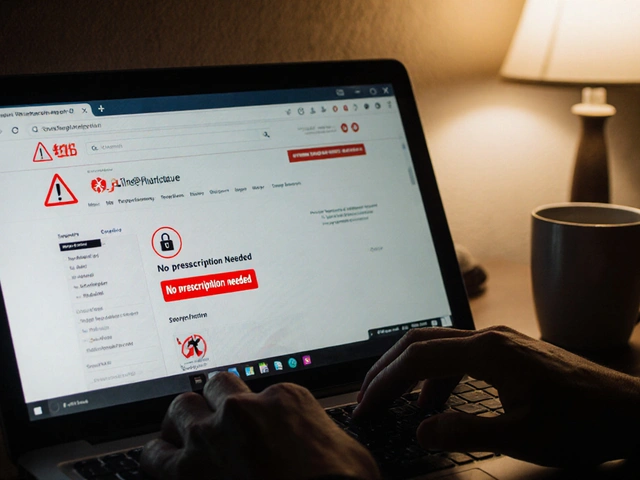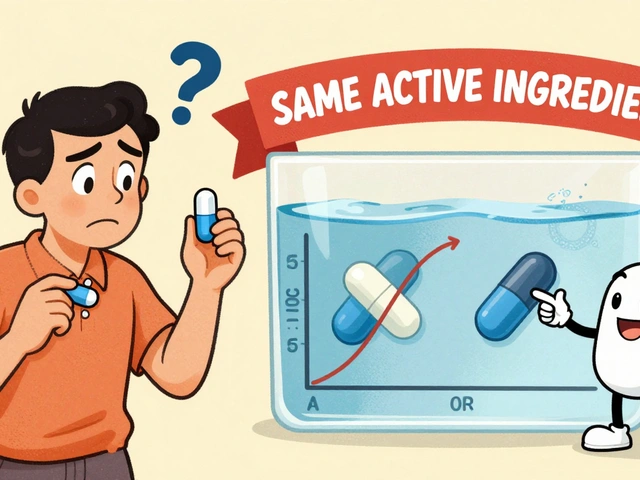Clopidogrel Effectiveness – What You Need to Know
If you or someone you know has been prescribed clopidogrel, you’re probably wondering how well it works. In plain terms, clopidogrel is an antiplatelet drug that stops platelets from sticking together, reducing the risk of heart attacks, strokes, and dangerous clot formation after procedures like stent placement.
How Strong Is the Platelet Blockade?
Clopidogrel works by blocking a specific receptor called P2Y12 on platelets. When that receptor is blocked, the platelet’s “sticky” response drops dramatically. Most healthy adults see a 40‑60% reduction in platelet activity after a standard 75 mg daily dose. That level of inhibition is enough to cut the chance of a clot by roughly one‑third compared with no treatment.
Real‑world data backs up the lab numbers. Large registries in the US and Europe show that patients on clopidogrel after an acute coronary syndrome (ACS) have about a 20% lower risk of a second heart attack within a year. The benefit holds true for people who get a drug‑eluting stent, too – they see fewer stent‑related blockages than those on aspirin alone.
Who Gets the Biggest Benefit?
Not everyone responds the same way. Genetics play a role: about 30% of people carry a CYP2C19 loss‑of‑function allele, which makes clopidogrel less active in their bodies. Those patients may only get a 10‑15% reduction in platelet activity, which can translate into a higher risk of repeat events.
For most patients without the genetic issue, clopidogrel is a solid, cost‑effective option. It’s especially good for older adults who can’t tolerate newer, pricier agents like ticagrelor or prasugrel. If you’re over 75, the lower bleeding risk of clopidogrel often outweighs the small loss in potency.
In patients with diabetes, hypertension, or a history of stroke, combining clopidogrel with low‑dose aspirin (dual antiplatelet therapy) for a limited time (usually 12 months) has been shown to shrink the risk of another event by another 5‑7%.
Practical Tips for Using Clopidogrel Safely
Take your tablet with or without food – the absorption isn’t picky. Consistency matters more than timing, so try to take it at the same hour each day. If you miss a dose, take it as soon as you remember unless it’s almost time for the next one; then just skip the missed one.
Watch for bleeding signs: easy bruising, nosebleeds, or dark stools. If you notice anything unusual, contact your doctor right away. Also, avoid over‑the‑counter NSAIDs (like ibuprofen) unless your doctor says it’s okay – they can increase bleeding risk.
Because clopidogrel is metabolized by the liver enzyme CYP2C19, certain drugs can interfere. Proton‑pump inhibitors such as omeprazole may blunt clopidogrel’s effect, while others like pantoprazole are safer. Always tell your pharmacist about every medication you take.
Lastly, if you’re on a travel plan in a country where prescription medicines are hard to get, bring a few extra tablets and a copy of your prescription. That way you won’t be caught off guard if you need a refill.
Bottom line: clopidogrel is a well‑tested, affordable antiplatelet that cuts clot risk for most people. Genetic testing can pinpoint those who might need a stronger drug, but for the majority, a daily 75 mg pill does the job. Keep an eye on bleeding, stay consistent with dosing, and talk to your doctor about any drug interactions – that’s the smartest way to get the most out of clopidogrel’s effectiveness.

Obesity and Clopidogrel Effectiveness: What Changes, What the Evidence Shows, and What To Do
- By : Tamsin Riverton
- Date : Sep 1 2025
Does obesity blunt clopidogrel? Clear, evidence-backed guide on mechanisms, outcomes, testing, and smarter antiplatelet choices in 2025.




